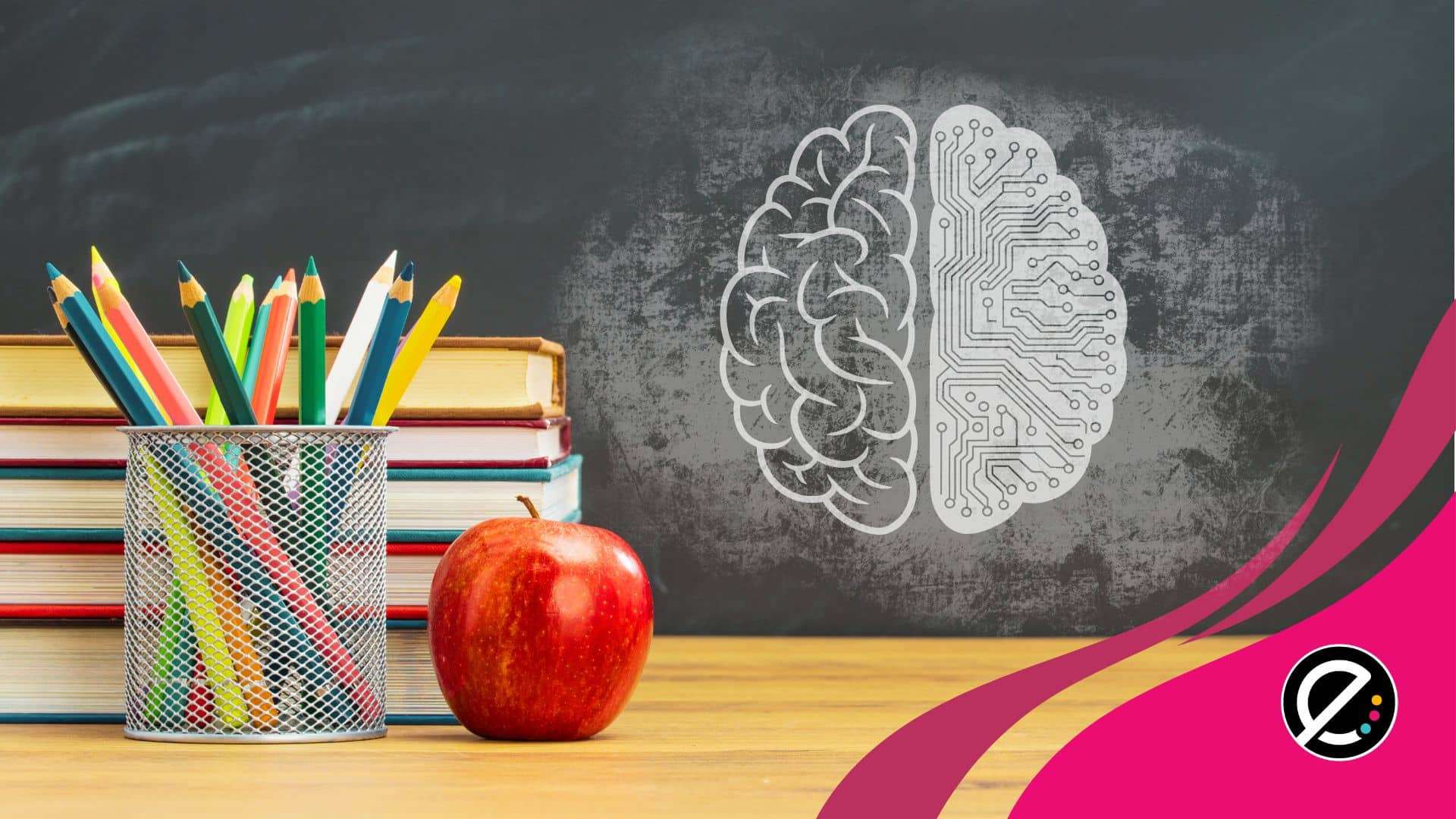Pour plusieurs intervenants du milieu de l’éducation, la classe inversée est un modèle qui aurait des impacts positifs sur la réussite et la motivation des élèves. Mais le succès de la classe inversée relève-t-il du modèle lui-même ou des implications qu’il sous-tend? Une étude s’est penchée sur la question.
La classe inversée, modèle pédagogique qui vise à ce que les élèves réalisent les activités pratiques en classe et assimilent la portion théorique en dehors des heures de cours, jouit d’une certaine popularité actuellement. Pour plusieurs intervenants du milieu de l’éducation, au primaire comme au secondaire, ce modèle aurait des impacts positifs sur la réussite et la motivation des élèves. Mais le succès de la classe inversée relève-t-il du modèle lui-même ou des implications qu’il sous-tend?
Une étude publiée dans le dernier numéro de la revue Life Sciences Education s’est intéressée à cette question. D’avis que les connaissances scientifiques sur l’efficacité de la classe inversée demeurent limitées, les chercheurs de l’Université Brigham Young, aux Etats-Unis, et de l’Université Potiguar, au Brésil, ont voulu vérifier si ce modèle pédagogique est aussi efficace qu’on le croit.
Ils ont voulu répondre à la question suivante : étant une forme d’apprentissage actif, la classe inversée produit-elle des résultats supérieurs quant à la réussite des élèves et le développement d’attitudes positives face au processus d’apprentissage que les autres formes d’apprentissage actif? Pour y répondre, deux groupes universitaires d’une cinquantaine d’étudiants ont été formés. Les deux groupes suivaient le même cours de biologie, le premier en format classe inversée, le second en format plus traditionnel. Les chercheurs se sont assurés que les étudiants des deux groupes étaient soumis à des formes d’apprentissage actif de manière équivalentes, et ce, autant à l’extérieur qu’à l’intérieur de la classe.
Les chercheurs ont par la suite analysé différentes données, dont les notes des étudiants et les taux de réussite, et ont mesuré des attitudes. Au terme de l’analyse, aucune différence significative entre les deux groupes n’est ressortie. Les étudiants ayant suivi le cours en format classe inversée et ceux ayant suivi le cours en format plus traditionnel ont eu des résultats comparables.
Pour les chercheurs, les résultats de cette étude sont importants, car ils tendent à démontrer que les impacts positifs de la classe inversée sur la réussite et la motivation des étudiants ne proviennent pas du modèle lui-même, mais plutôt de l’apprentissage actif qu’il implique. Le fait que les étudiants du groupe n’ayant pas suivi le cours en format classe inversée mais ayant été appelés à s’impliquer de manière équivalente dans leurs apprentissages aient obtenu des résultats similaires en serait un argument.
Selon les auteurs, cette étude met en relief l’importance de l’apprentissage actif. Pour eux, la classe inversée est pertinente, mais ne représente qu’une façon d’utiliser des méthodes d’apprentissage actif. Il ne serait donc pas nécessaire d’inverser la portion pratique et la portion théorique, mais plutôt de s’assurer de trouver des activités et des scénarios dans lesquels les étudiants doivent s’impliquer. Le titre de l’article, « Les impacts de la classe inversée sont peut-être simplement le fruit de l’apprentissage actif », résume les conclusions.






